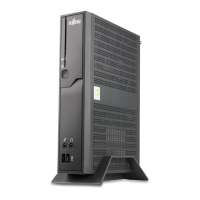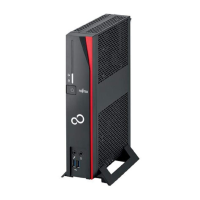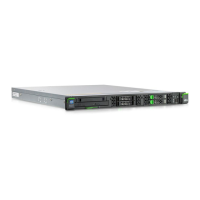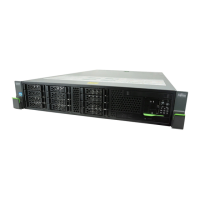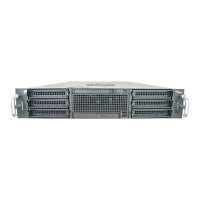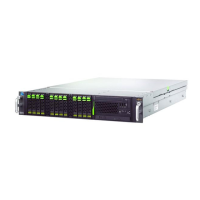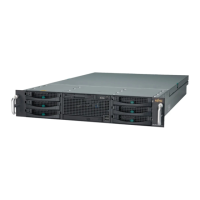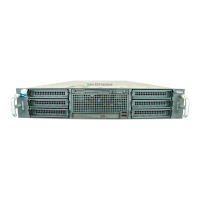Important notes
Energy saving, disposal and rec
ycling
DisposalEnergysavingRecycling
You c an find information on the se subjects in the "Environment a nd Energy Information" manual
or on our website ("
http://www.fujitsu.com/fts/about/fts/environment-care/").
Information o n "Ecodesign directive":
Regulation 1275/20 08, based on the EU Eco-design Directive (2009/125/EU),
defines requirements for the pow er consumption of electrical and electronic domestic
and office devices in stand-by and off mode.
In general, all FUTRO thin client products have been developed for energy-efficient operation and low
stand-by losses. Customer-specific requirements and requirements of the operating system, which
are a priority for op timal operation, can contradict the requirements of the above-men tioned regulation.
For administrative purposes, such as remote ma intenance of systems, the "Wake-on-LAN" (WoL)
function is indispensable for our customers and is therefore a default setting. When the WoL
functions are active, the maximum permissible power draw can be exceeded slightly in OFF
mode. By deactivating the WoL function, it is possible to comply with the legal requirements.
Please see chapter "
Activating power-saving mod e", Pa ge 26 for the procedu re.
The energy saving mode (ACPI S4 Save-to-disk), w hich is familiar from many current mobile
and desktop systems, is not available in the embed ded operating systems for technical reasons.
Therefore, it is not possible to switch de vice s with this operating system autom atically into Off mode.
The operating system of a thin client is stored on a flash memory with optimised size and is provided
with write p r otec tion after configuration has been completed by the custo m er. This prevents data
security from being put at risk through frequent writing to a flash memory, such as when updating
the swapfiles in the operating system or through other applications. Every flash memory permits
only a limited number of write cycles. Both the activated write protection and the available limited
flash memory capacity rule ou t the possibility of activating e nergy saving mode (ACPI S4).
Fujitsu 13
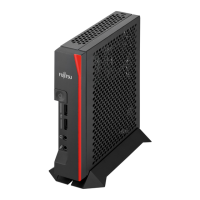
